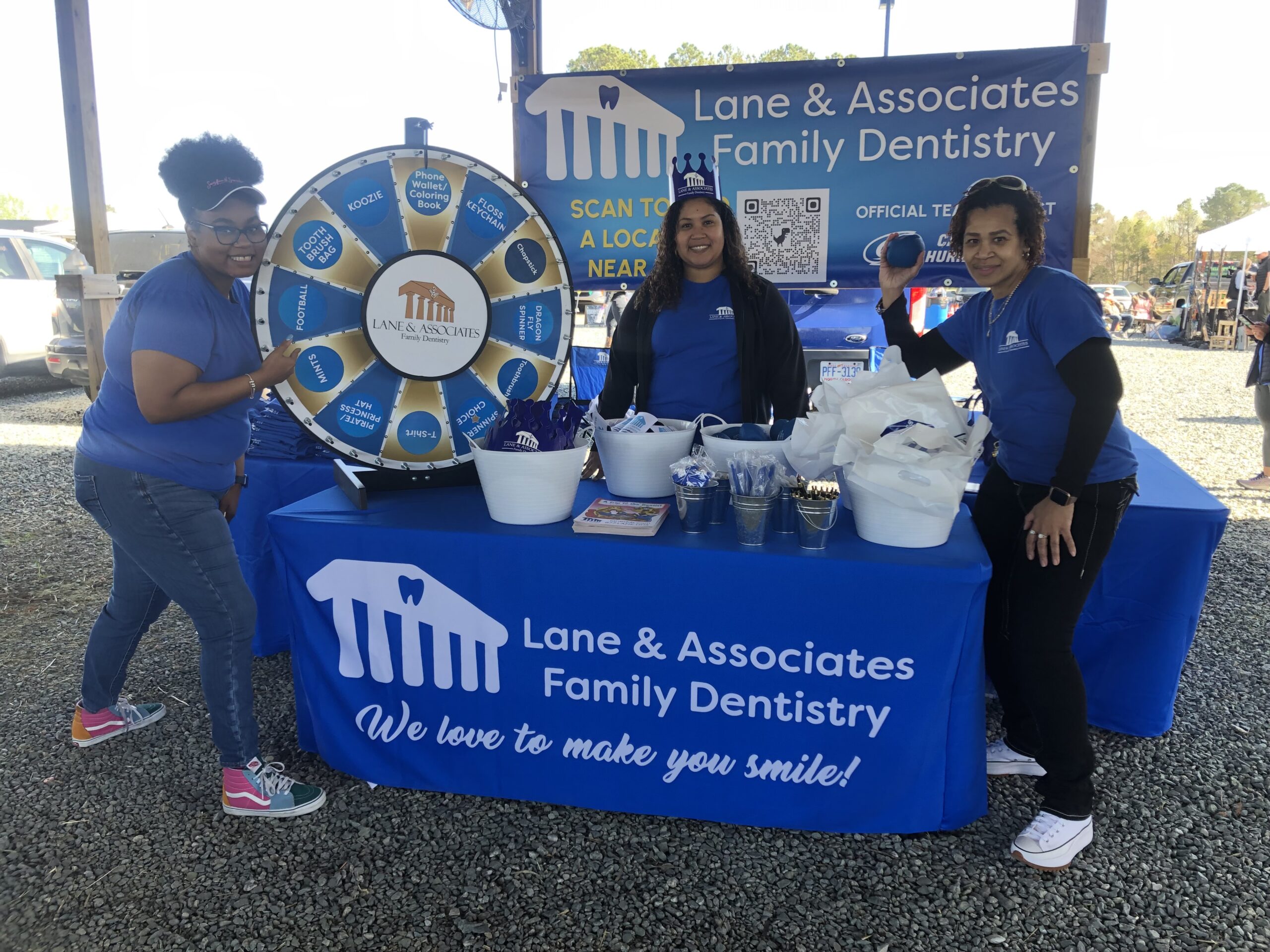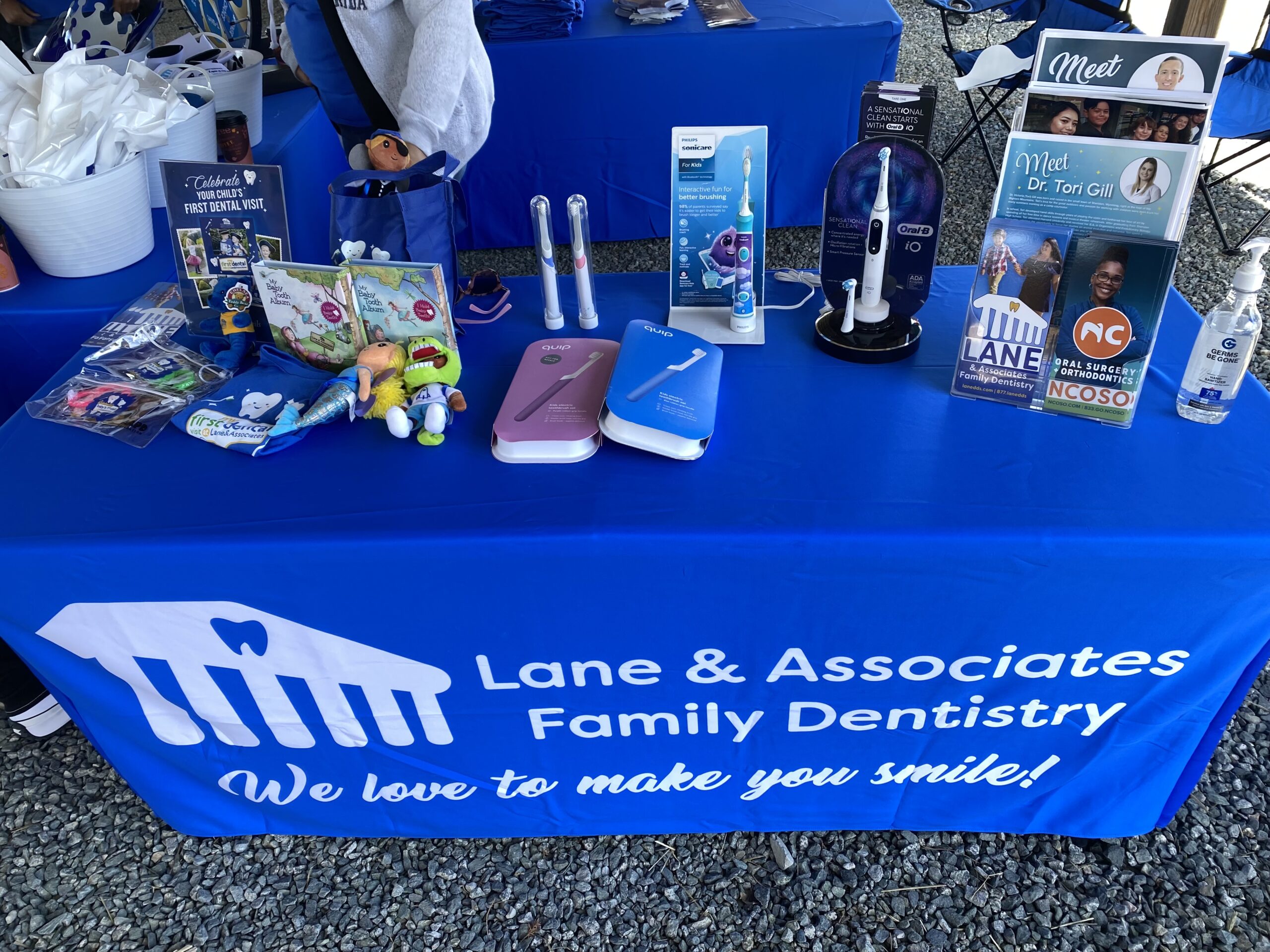Tartar is a hardened plaque that unfortunately, can only be removed through a professional cleaning at the dentist. However, there are some things you can do at home to help prevent tartar build-up in the first place. To prevent plaque accumulation on your teeth, brush your teeth twice a day, floss once a day, and utilize a tartar-control toothpaste or mouthwash. If you do notice any build-up, you should see your dentist for a professional cleaning.
What is Tooth Tartar?
Tooth tartar is a hard, yellow-brown deposit that forms on teeth. It is made of plaque, bacteria, and food debris. Tartar can only be removed by a dentist or dental hygienist.
Tartar is a major contributor to gum disease. It can also cause bad breath, and if not removed, tartar can lead to tooth decay and tooth loss.
Most people have some tartar on their teeth. The chances of having tartar increase with age. Poor oral hygiene habits, such as not brushing or flossing regularly, can also increase the risk of tartar buildup.
What Causes Tartar Build-up?
Tartar build-up is typically the result of poor oral hygiene habits. plaque, a sticky film that forms on teeth, is the most common way tartar can develop. if plaque is not removed through regular brushing and flossing, it will harden into tartar. other things that can cause tartar to develop include smoking and drinking coffee or tea. Tartar build-up can also be the result of certain medical conditions, such as dry mouth or gingivitis. A dentist can remove tartar through a professional cleaning. Regular brushing and flossing at home can also help prevent tartar build-up.
What are Signs of Tartar Build-up?
There are a few ways to notice if you are developing tartar build-up on your teeth. The first thing to look out for is any discoloration or yellowing of the tooth surface. This can be a sign that bacteria have already started to eat away at your enamel and cause damage.
Another telltale sign of tartar is bad breath, which may appear if you fail to regularly brush or floss your teeth. Tartar can also form around the gum line, causing irritation and inflammation in this area. If left untreated, this can lead to periodontal disease and other serious dental issues such as tooth loss.
If you notice any of these signs, it’s important to see a dentist right away for an evaluation. They will be able to determine if you have tartar build-up and develop a treatment plan to remove it before it causes further damage to your teeth.
When to See a Dentist for Tartar Removal?
The best time to see a dentist for tartar removal is when you first start to see the build-up. If it’s not caught early, tartar can lead to more serious dental problems.
Your dentist will usually catch tartar buildup during your routine visits. However, if you’re concerned about the build-up, you can always schedule an appointment with your dentist to have it checked out. Depending on the severity of the buildup, your dentist may recommend a professional cleaning or other treatments to remove the tartar.
If you’re noticing signs of gum disease, such as bleeding gums or receding gums, it’s important to talk to your dentist right away. Tartar can contribute to gum disease and serious oral health problems if it’s not treated.
Schedule an appointment with your dentist if you’re concerned about tartar buildup. They can help you determine the best course of treatment to keep your teeth and gums healthy.
How to Prevent Tartar Build-up?
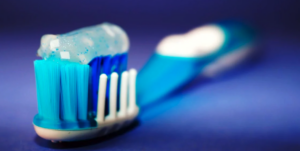
There are a few things that you can do to prevent tartar build-up on your teeth. One is to brush your teeth regularly, preferably twice a day. You should also floss regularly and use a mouthwash that helps to kill bacteria. Another thing you can do is to eat a healthy diet that is low in sugar and processed carbohydrates. Eating foods rich in calcium, such as milk and cheese, may also help to reduce tartar build-up by strengthening the teeth and gums. Additionally, you can schedule regular dental cleanings with your dentist to remove plaque and prevent further build-up of tartar.
If you are consistent with these habits, you can reduce your risk of tartar build-up and keep your teeth healthy and strong.
What are the best toothpastes for tartar control?
The best toothpastes for tartar control should contain ingredients like pyrophosphates, zinc citrate, or stannous fluoride. These ingredients help to prevent plaque from building up on your teeth and forming tartar. You can also brush more frequently in areas where tartar is more likely to form, like along the gum line and behind your molars.
Conclusion
Tartar build-up can be a pain, both literally and figuratively. It’s important to take steps to prevent it in the first place and also know when you need to see the dentist for tartar removal. By following these tips, you can keep your teeth healthy and free of plaque and tartar buildup!

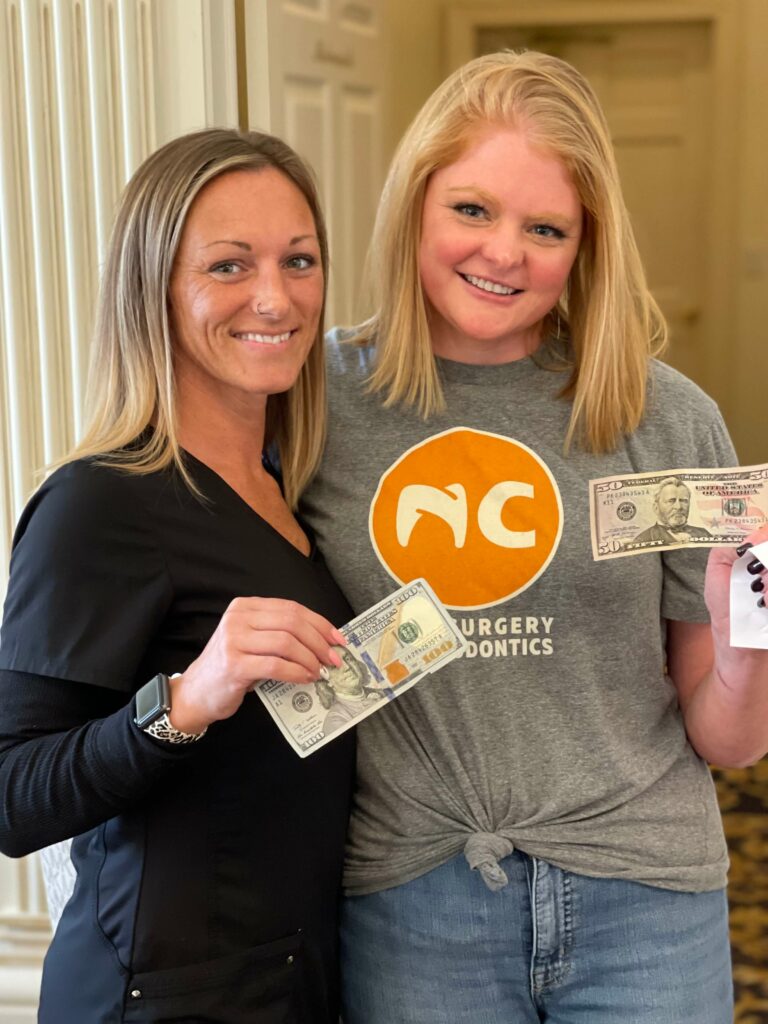








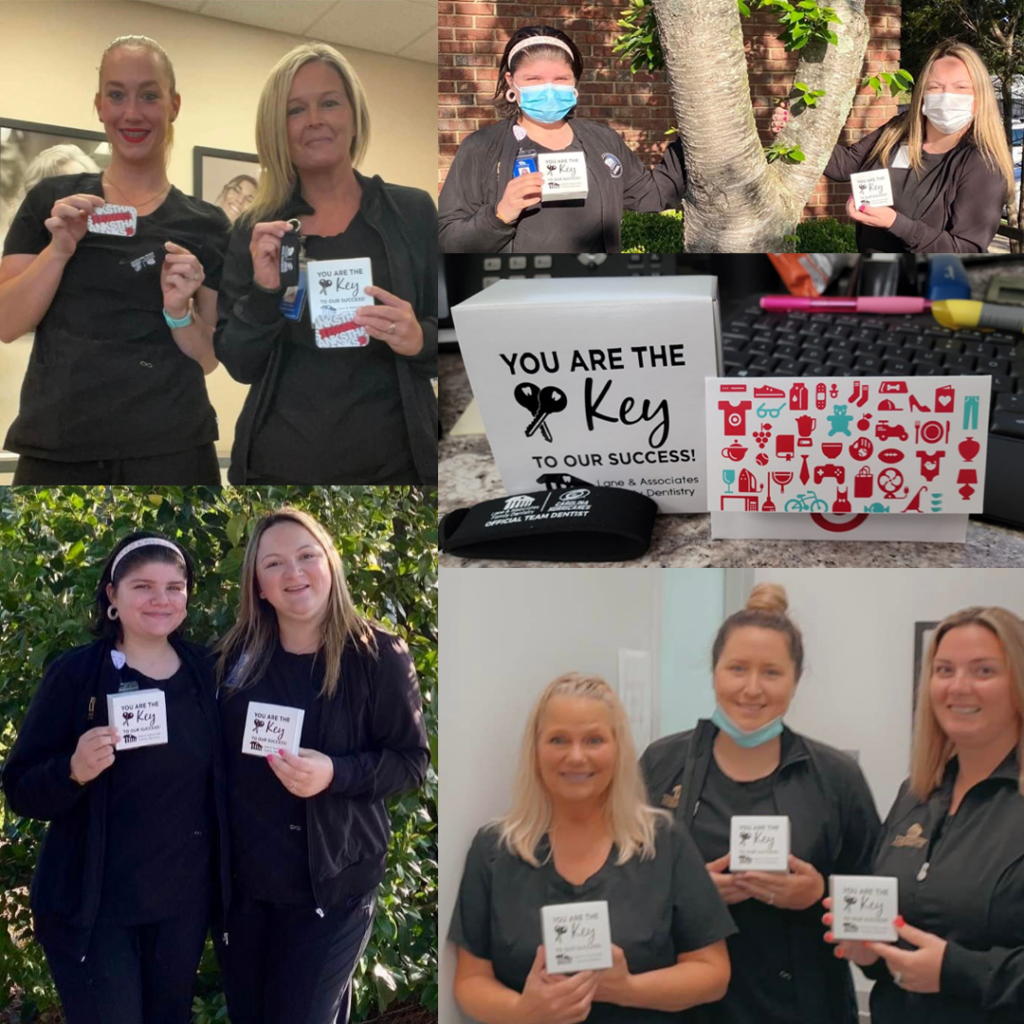


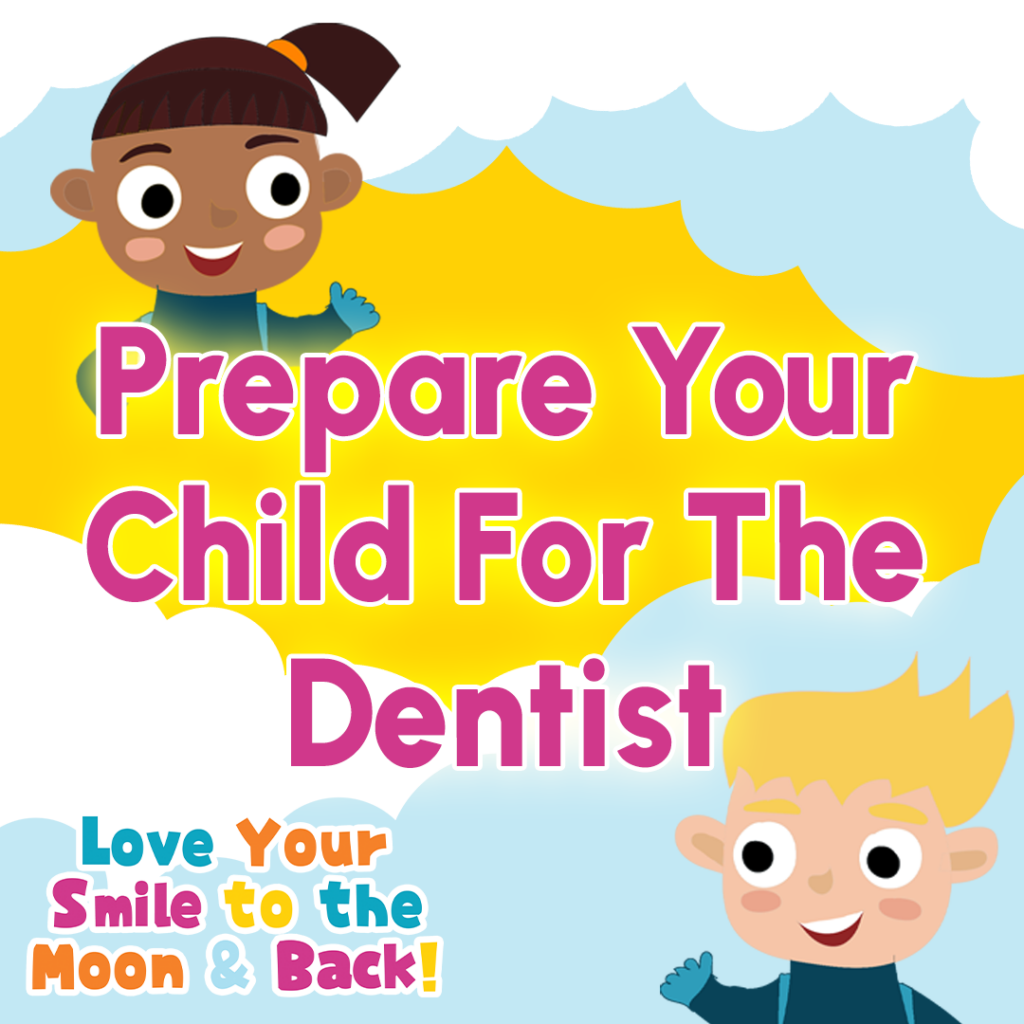 Daniel Tiger visits the dentist for the first time and learns all about the tools, plaque, and how the dentist cleans teeth. At the dentist, Daniel Tiger sings “When we do something new, let’s talk about what we’ll do.” Talking through what will happen at the pediatric dentist will make your child feel more relaxed. He even gets toy tools to use on his stuffed animal to feel more comfortable. This is a method you can use to help your child feel more comfortable before a dental cleaning, too.
Daniel Tiger visits the dentist for the first time and learns all about the tools, plaque, and how the dentist cleans teeth. At the dentist, Daniel Tiger sings “When we do something new, let’s talk about what we’ll do.” Talking through what will happen at the pediatric dentist will make your child feel more relaxed. He even gets toy tools to use on his stuffed animal to feel more comfortable. This is a method you can use to help your child feel more comfortable before a dental cleaning, too.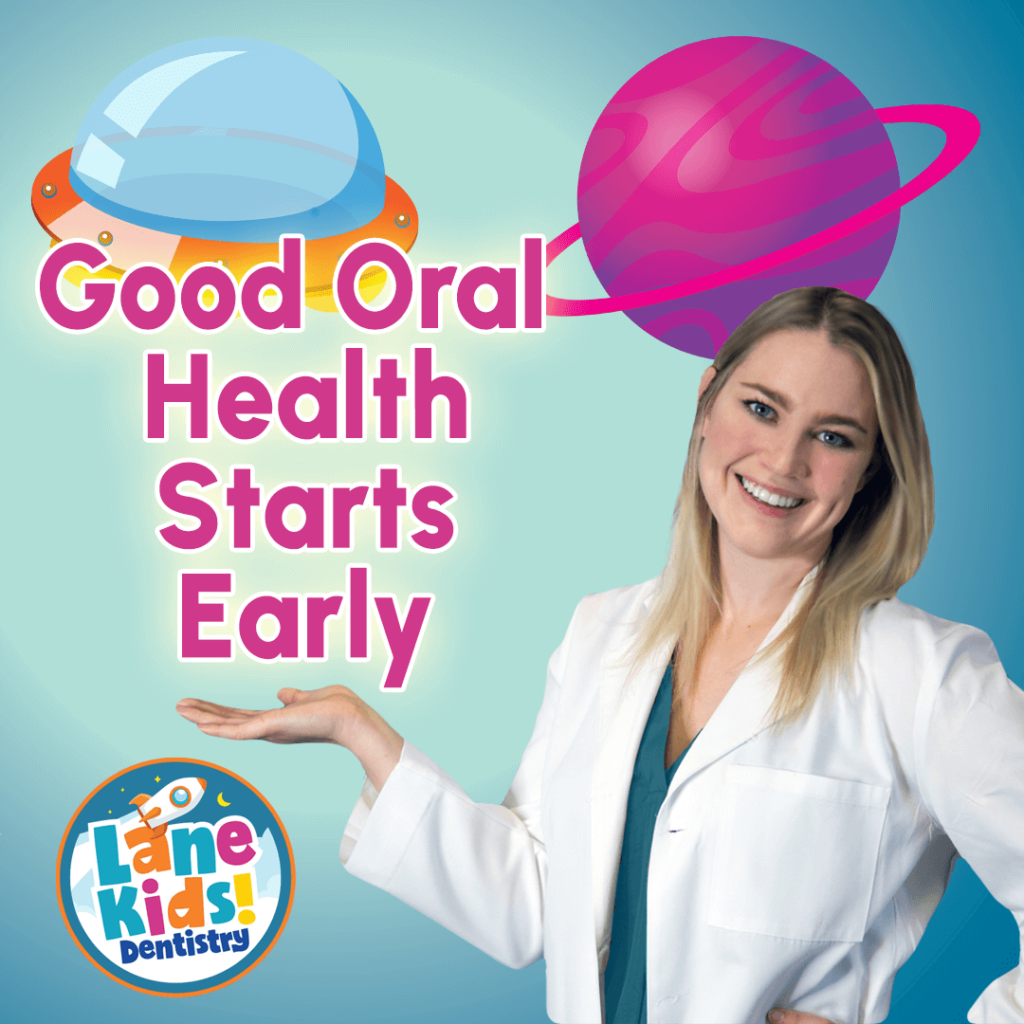 Rubbing your child’s gums and wiping your infant’s teeth with a soft cloth or gauze pad can go a long way before they begin with a toothbrush. This should be done after every feeding. Ease the pain of teething with a damp gauze pad or cool teething ring. Healthy gums produce healthy baby teeth! After the first tooth, use a very small amount of fluoride toothpaste (about the size of a single rice grain) and gently brush with a baby toothbrush.
Rubbing your child’s gums and wiping your infant’s teeth with a soft cloth or gauze pad can go a long way before they begin with a toothbrush. This should be done after every feeding. Ease the pain of teething with a damp gauze pad or cool teething ring. Healthy gums produce healthy baby teeth! After the first tooth, use a very small amount of fluoride toothpaste (about the size of a single rice grain) and gently brush with a baby toothbrush.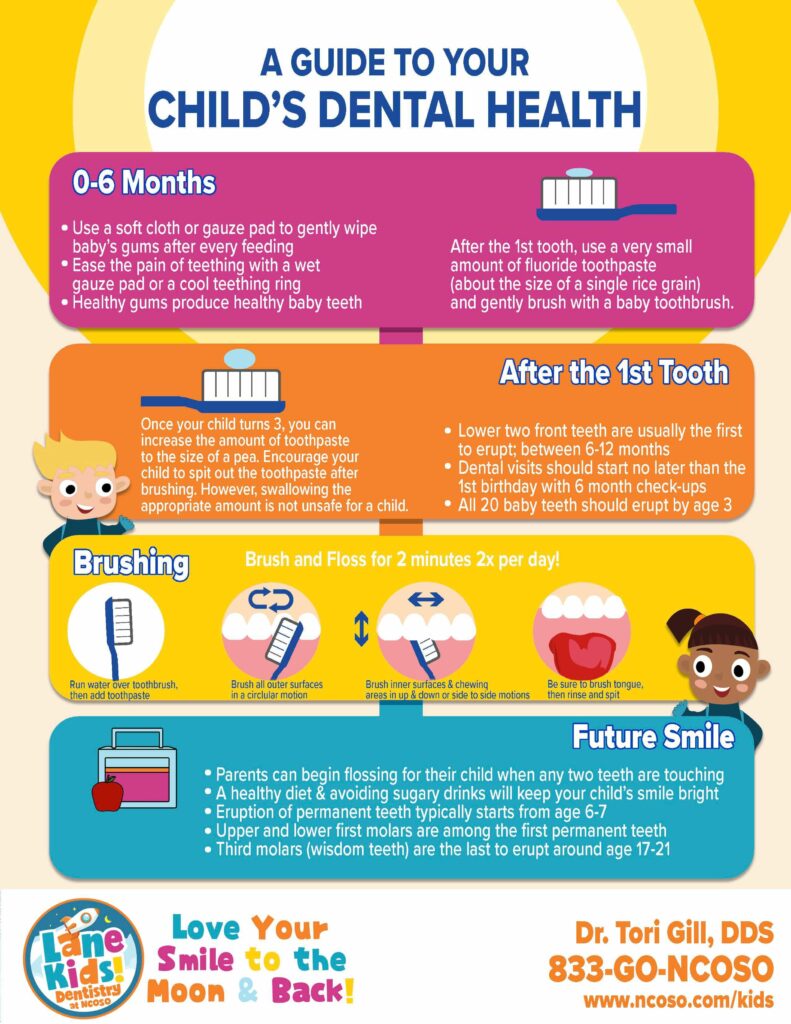


 Poor Oral Hygiene: It’s easy to find yourself slacking on your oral hygiene routine when you’re stressed. You may find yourself brushing only once every day, if at all, or skipping flossing altogether. This of course can lead to plaque buildup, tooth decay, cavities, and potentially tooth loss.
Poor Oral Hygiene: It’s easy to find yourself slacking on your oral hygiene routine when you’re stressed. You may find yourself brushing only once every day, if at all, or skipping flossing altogether. This of course can lead to plaque buildup, tooth decay, cavities, and potentially tooth loss.